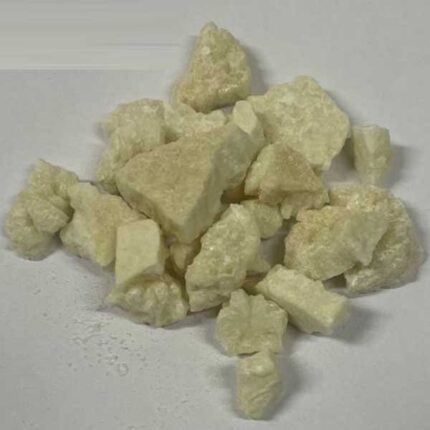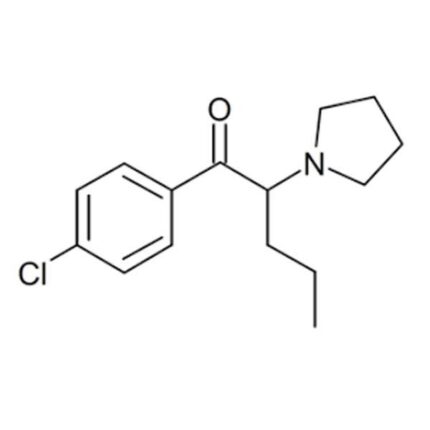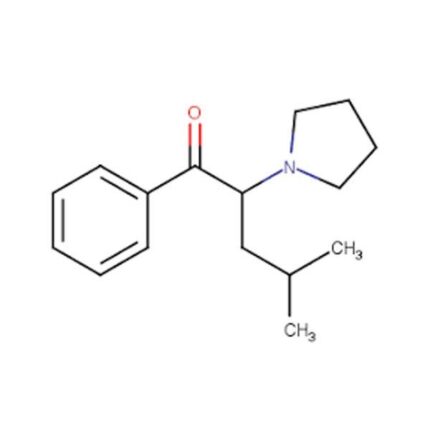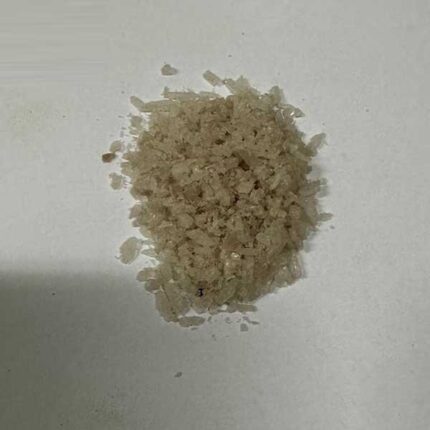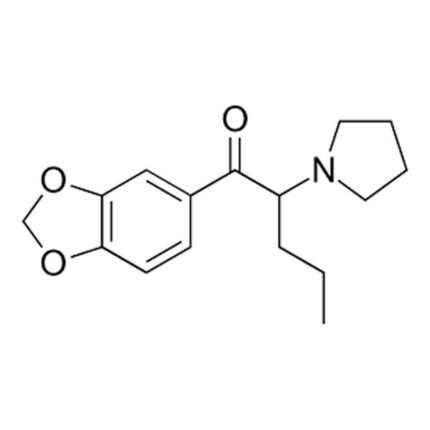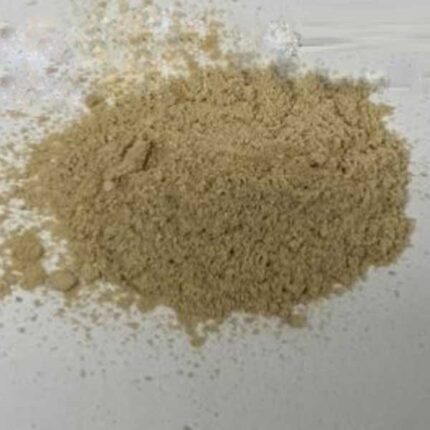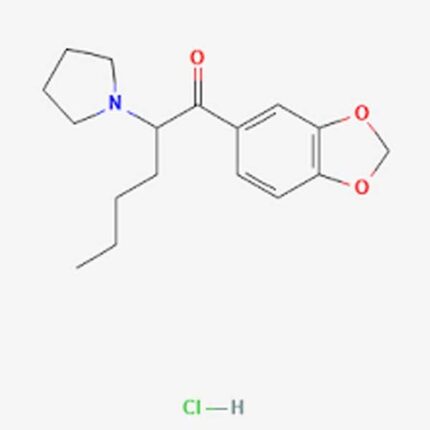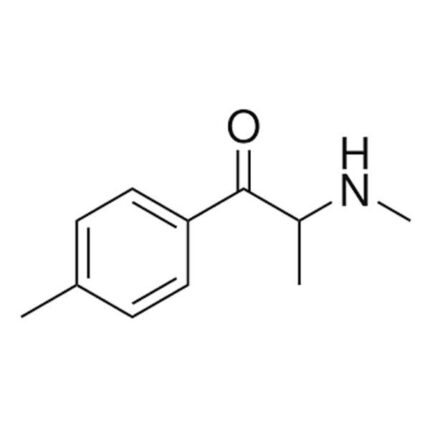What are Synthetic Cathinones (Bath Salts)?
Synthetic cathinones are manufactured stimulants chemically like cathinone, an element found naturally in the khat plant grown in southern Arabia and East Africa. Residents of those regions chew the khat plant leaves for their mild stimulant effects.
Lab-made synthetic cathinones impact the central nervous system. These synthetic stimulants are sold as inexpensive substitutes for cocaine and amphetamines, but they can be much stronger and sometimes dangerous users.
The “bath salts” nickname comes from the fact that synthetic cathinones normally are crystalline white or brown powders. Real baths salts—Epsom salts—are not psychoactive drugs.
Where are They Made?
According to the U.S. Drug Enforcement Agency, synthetic cathinones are primarily manufactured in labs in East Asia and distributed throughout the world, but especially in Europe, North America, and Australia.
What are Some Effects of Synthetic Cathinones?
Because their formulas are constantly changing to avoid legal regulation, researchers are uncertain about how synthetic cathinones affect the brain. What is known is that their chemical structure is like amphetamines, cocaine, and 3,4-methylenedioxy-methamphetamine (MDMA) and related substances, but more powerful.
Synthetic cathinone use may result in:
- Extreme anxiety and violent conduct
- Hallucinations
- Heightened friendliness
- Increased sexual urges
- Panic
- Paranoia
- Raised heart rate and blood pressure
In addition to these effects, reports of death from individuals abusing drugs in this class indicate the seriousness of the risk users are taking when ingesting these products.
Some Examples of Synthetic Cathinones
The list of synthetic cathinones and cathinone derivatives is long and ever-changing. They include:
- Dimethylcathinone—a stimulant tested as an appetite suppressant and for treatment of low blood pressure, but not widely sold.
- Methylone—the first synthetic cathinone registered with the European Monitoring Centre for Drugs in 2005. Structurally related to amphetamines, it has been found in capsules that were supposed to be pure MDMA (Molly).
- Pyrovalerone—a stimulant developed in Europe in the 1960s for clinical treatment of chronic fatigue.
- Ethylone—a stimulant psychedelic like methylone.
- 3- and 4- flouromethcathinone—stimulant drugs sold online since 2008.
- Ethcathinone—stimulant that is an ingredient in quasi-legal “party pills” and other drugs.
- Mephedrone—the designer drug mephedrone is also called drone, M-CAT, White Magic, and meow. Mephedrone use carries an elevated risk for overdose.
- Butylone—a stimulant psychoactive drug first produced in the 1960s and first sold as a designer drug in 2005.
- Methedrone—A drug sold legally in Europe and in most of the U.S, it received adverse publicity in 2009 after two Swedish men died after using it.
- 3,4 methylenedioxypyrovalerone mdpv—synthetic derivatives first created in the 1960s as stimulants.
What are Their Street Names?
Synthetic cathinones are sold for their psychoactive effects on the recreational drug market under names such as Bliss, Blue Silk, Cloud Nine, Drone, Energy-1, Ivory Wave, Lunar Wave, Meow Meow, Meph, Ocean Burst, Pure Ivory, Purple Wave, Red Dove, Snow Leopard, Stardust, Vanilla Sky, White Dove, White Knight, and White Lightning.
There is no definitive list as new designer drugs are constantly being produced with new chemical structures to avoid regulation.
How do People Use Synthetic Cathinones?
Synthetic cathinones are normally injected, snorted, smoked, or taken through oral ingestion.






